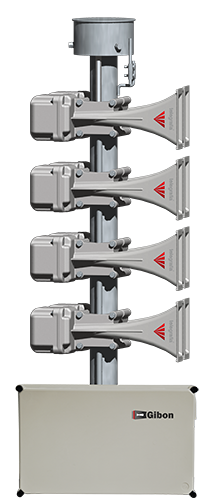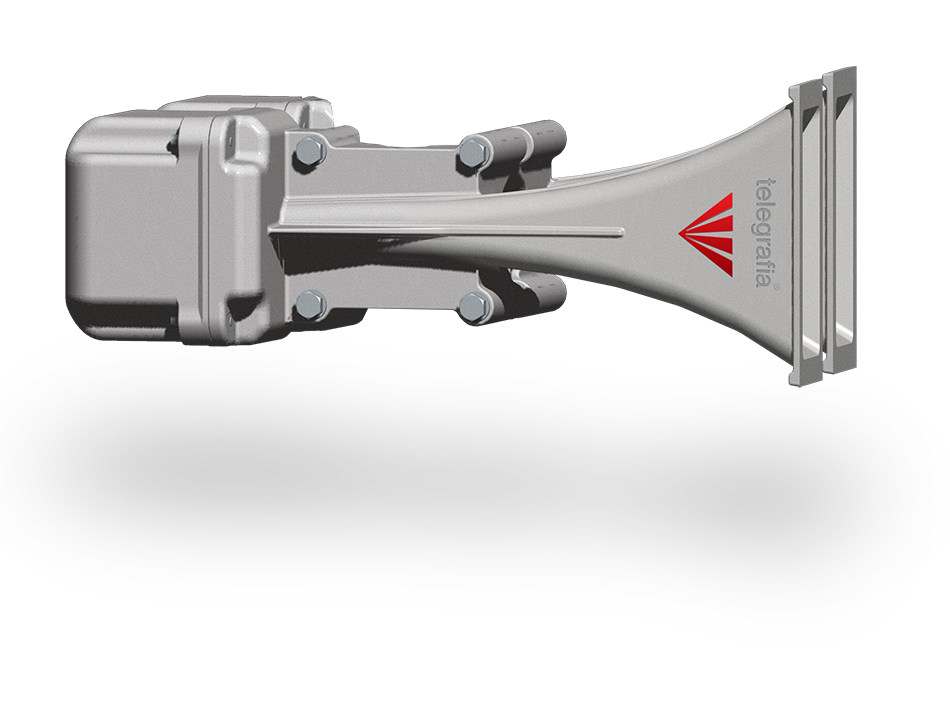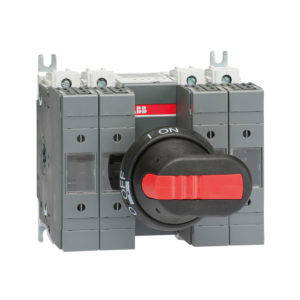Description
The Gibon electronic siren is sold in three basic option packs that differ in input and output types, control methods, and means of communications with other warning system components. Therefore, you can select the right siren, satisfying your needs, and pay only for the features that are really employed in your warning system.
The Gibon electronic siren allows creating 300 W to 1200 W siren output configurations suitable for most warning systems. Exceptionally, providing that a siren is installed in an extremely noisy environment, the 2400 W Gibon siren can be supplied on request.
Versions:
Gibon Basic
Basic model.
7 alarms.
changeability of alarm sounds.
High performance.
Robust construction.
8 binary inputs (start/stop)
Gibon Option Pack 1
64 alarms.
Basic autodiagnostic functions.
Audio stream via COM port.
Gibon Option Pack 2
Asynchronous messages.
Full autodiagnostic functions.
Agent-logger & Real-Time Clock.• iButton Dallas authorization.
Optional built-in FM radio tuner.
Optional Door tamper /magnetic contact/
The Gibon electronic siren control
Various control and communications methods
The powerful Gibon electronic siren can be controlled by a number of methods, from
simple basic push-buttons, each serving an individual type of alarm, through local control modules,
remote control centers by means of communications channels, to a sophisticated operator’s
control panel equipped with various useful functions. Each of the Gibon siren versions
offered features different control and communications options.
The siren contains binary inputs and outputs, USB configuration port, RS232/RS485 port
and it is further extendable with optional modules to ensure its connectivity (Wi-Fi, X-Bee, Ethernet, etc.).
Control devices can be connected to sirens through various communications channels:
Radio channels
Analogous radio
Digital radio (MOTOTRBO)
RDS (Radio Data Signalling)
POCSAG
GSM/SMS
GSM/GPRS
Wi-Fi or XBee® connection-based wireless networks
Bluetooth
Wired channels:
TCP/IP
aBUS®
RS232
Binary inputs






